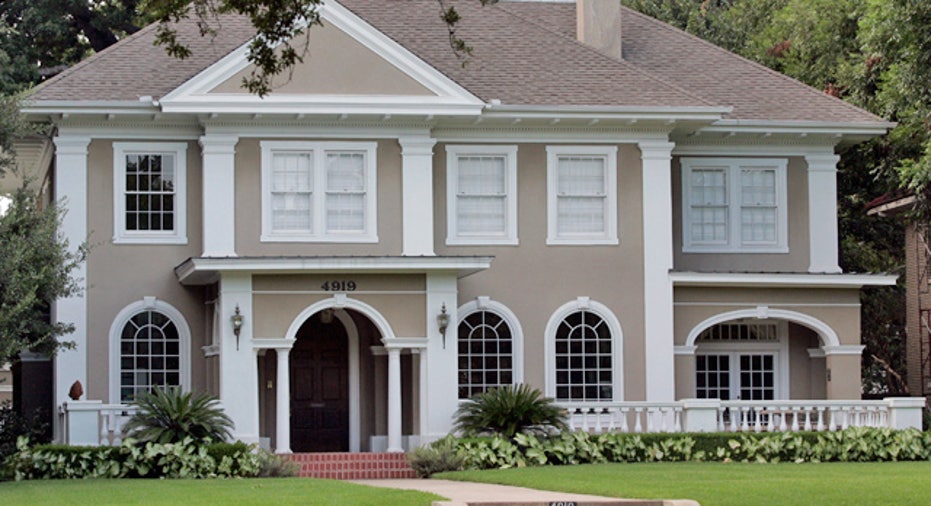My Home Isn’t a Genius, But It’s Smart Enough

As a kid, I got a kick out of The Flintstones’ funky home gizmos like the elephant water faucet and the bird record player. But the world of my dreams – full of flying cars, robot helpers, and food synthesizers – was featured on The Jetsons.
Forty years later, we’re still somewhere in between those two extremes. Sure, technology has advanced, but if it’s also supposed to make our home lives easier, we haven’t come anywhere near as far as I thought we would.
With Apple’s (NASDAQ:AAPL) new HomeKit smart home developer platform, you’ll soon be able to use iPhone, and Siri, to control HomeKit-enabled lights, thermostats, garage doors, and door locks. Google (NASDAQ:GOOG) is doing something similar through its Nest subsidiary. And Dacor debuted a smart oven at the Consumer Electronics Show.
Then why am I not excited?
Granted, smartphone and voice-controlled home automation platforms are steps in the right direction. And I’m sure it’ll be really cool to say, “Siri, I’m going to bed now” and magically have all the lights go out. But I’m not exactly sure what problem that’s going to solve and whether it’ll be worth spending time and money on it.
Look, I get that everyone but me spends hours a day texting, playing games, and downloading zillions of apps on their smartphones. But I already waste too much time and money messing with sophisticated gadgets and appliances that are supposed to save me time and money. I’m fresh out of both … and patience.
Don’t get me wrong: I’m no Luddite. I actually built a new house with integrated home automation features eight years ago. And since, like everyone else, I had a limited budget for that sort of thing, I focused on areas that would actually make home life easier, more enjoyable, and safer.
And trust me when I tell you, I had no trouble blowing my budget on integrated smart audio/video entertainment, communications, security, and surveillance.
First, the cost of an entire house worth of smart hardware – systems, devices, controllers, and displays – really adds up. And you would not believe how much time it took to determine how we wanted everything to work and then to have it all installed, connected, customized, and programmed so hundreds of complex, multistep processes actually occurred at the touch of a button, or something like that.
While I am tickled with the result, I’ve got to tell you, it took a lot more time, iterations, and money to get everything working right than either I or the smart home vendor expected, and neither of us were novices when it comes to technology.
What I’m leading up to is this: I had to cut the budget off somewhere, and the areas that I left more or less old school – the functions that, after considerable analysis, looked to be too much added time and materials cost without significant benefit – were lighting, appliances, thermostats, window coverings, and door locks.
That’s right – everything Apple, Google and everyone else talks about when they demo their new smart home platforms.
Don’t get me wrong. We have beautiful, high-efficiency, high-performance everything. But those functions are simply not integrated with anything else, they’re not Internet-enabled, so I guess they’re not considered smart. But you know what? They’re smart enough.
Life is full of tradeoffs and one family’s “got to have” is another family’s “who needs that?” All I know is, if you don’t mind spending ten percent of the cost of your home on all new smart stuff, then be my guest. But we were mostly interested in a home that’s beautiful, functional, efficient, and simple.
As for my family, before we go to bed, we hit the light switch. Click. Night night.